AHCA/NCAL OSHA Recordkeeping Resources (SNF/AL)
The Occupational Health and Safety Administration’s final rule, “Improve Tracking of Workplace Injuries and Illnesses,” took effect January 1, 2024. It does not change what information LTC providers are currently tracking, but it does change what forms organizations with 100 or more employees must now submit to OSHA.
The details: Nearly all LTC providers are already required to maintain OSHA 300 Logs, Form 301 and Form 300A. For the last several years, providers have had to submit the 300A summary form to OSHA. OSHA’s new final rule now requires LTC providers with 100 or more employees to electronically submit OSHA 300 Logs and Form 301, in addition to the 300A summaries that are already submitted electronically. Covered facilities must electronically submit their OSHA injury and illness data 300 Logs, Form 301 and Form 300A by March 2.
Webinar: AHCA/NCA will host a live web event on February 13 at 3 p.m. ET to discuss the new electronic submission requirements. The speaker, Leverity Insurance Group Chief Risk Officer Brad Hunt, is an expert on OSHA standards. He will explain the recordkeeping requirements and prepare members to meet the deadlines and maintain compliance. He will also share best practices and ways to avoid common mistakes when submitting the required information. Don’t miss this important webinar. Registration is $25.
Guidebook: AHCA/NCAL released “A Roadmap to OSHA Requirements,” which is a comprehensive resource designed to simplify OSHA regulations for providers. This roadmap should be used as a practical guide, offering insights into relevant OSHA standards, including how the standards intersect with the Center for Disease Control & Prevention (CDC) guidelines and the Centers for Medicare & Medicaid Services (CMS) requirements. The roadmap doesn’t just cover existing regulations, it also provides previews of upcoming OSHA changes that could impact long-term care. This is essential for staying abreast of future regulatory requirements and maintaining a safe environment for your staff.

